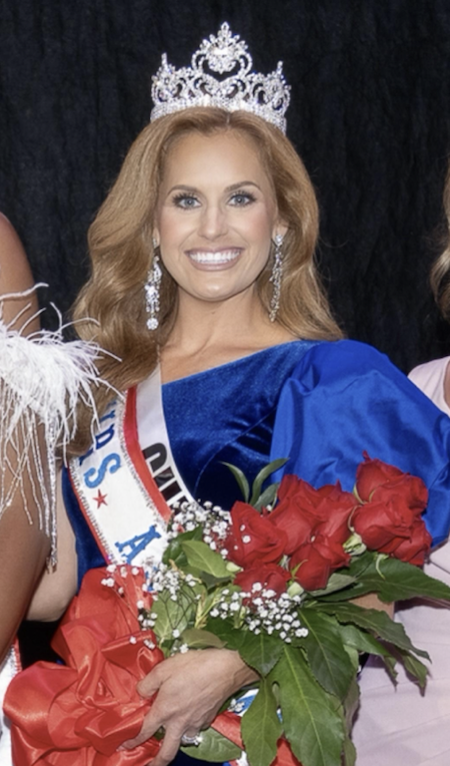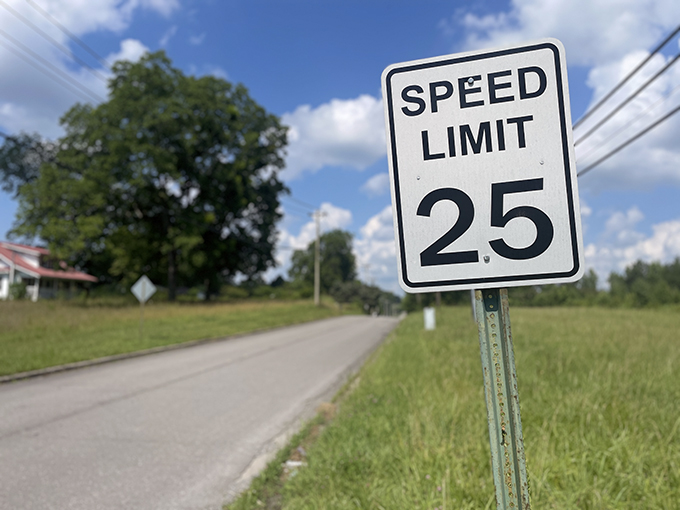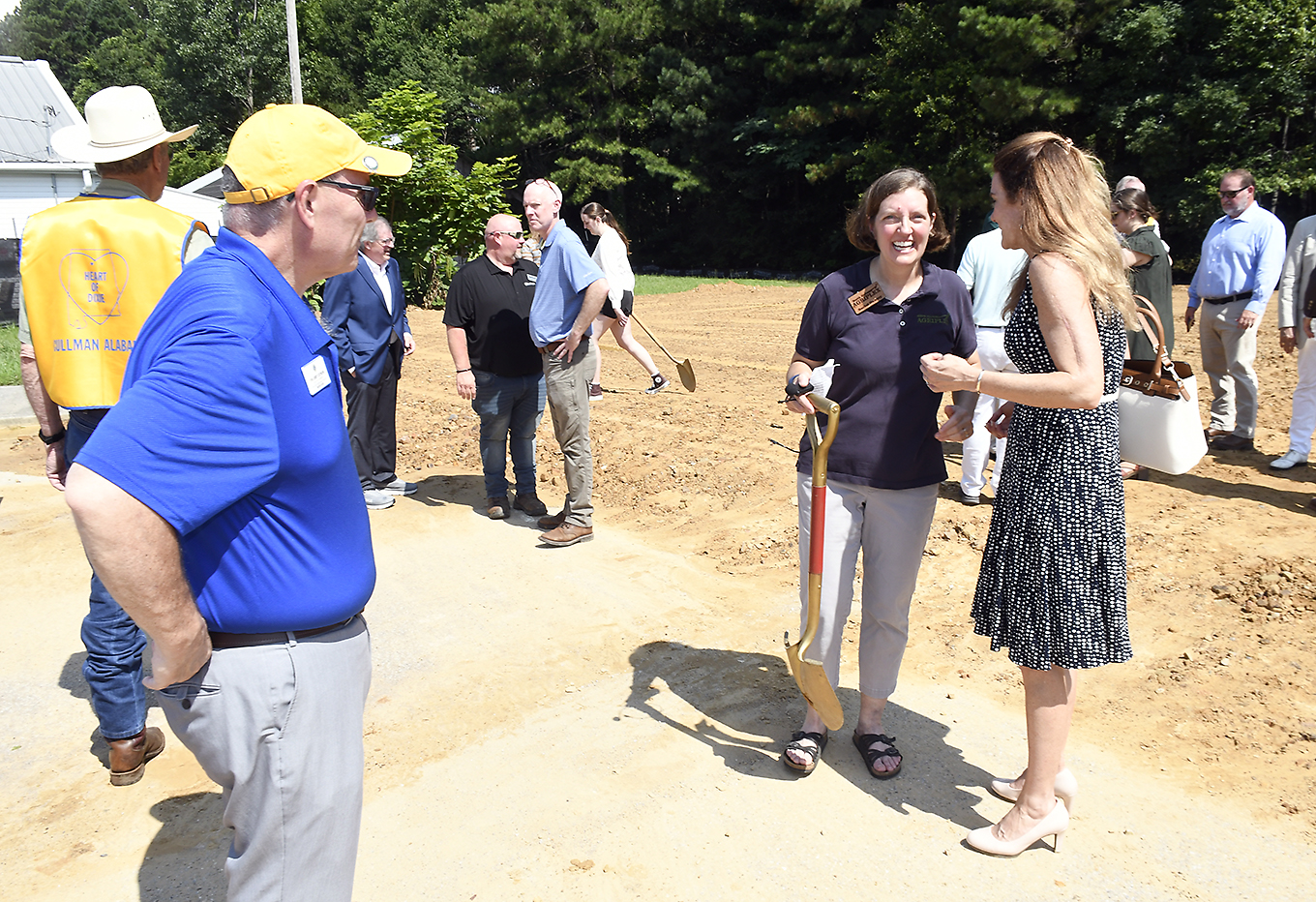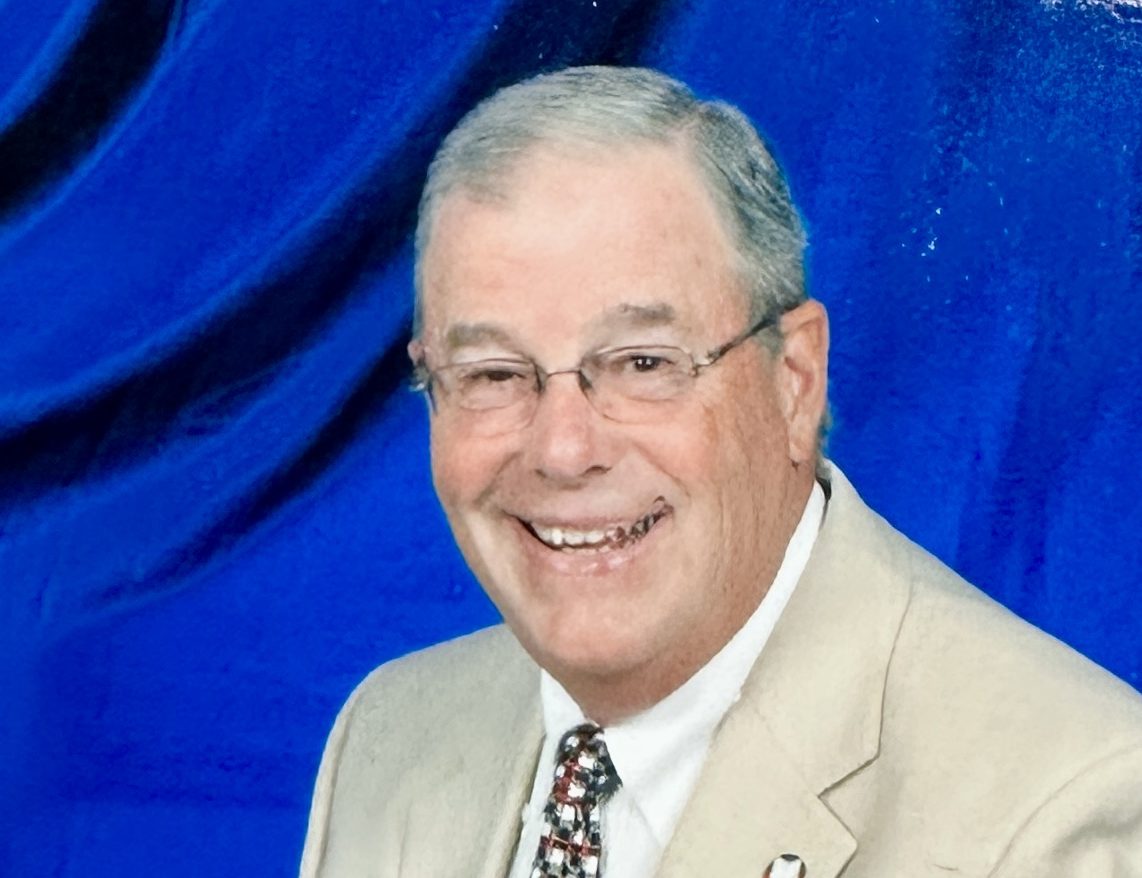Profile: Linda Morgan
Published 5:05 pm Sunday, April 3, 2011
Linda Hurst Morgan lives a much quieter life than when she was married to the famed World War II pilot of the Memphis Belle. She still makes public appearances to speak about her famous husband and his bomber. Along with a menagerie of animals, she occupies a bungalow on the peaceful shores of Lewis Smith Lake, where she walks among framed pictures and plaques, model planes and other memorabilia of days gone by. This collection even includes an artistic rendering of the famous “leggy lady” nose art of the B-17 Memphis Belle which flew to fame in the flaming skies over Europe in the 1940s.
Linda is the widow of the late Col. Robert Morgan, who piloted the Memphis Belle through 25 harrowing flights over England, France and Germany, in the midst of a war that was supposed to have ended all wars. He and the crew of the Memphis Belle (named after his fiancée, a southern belle from Memphis) were the first to make 25 flights from their base in England into the skies over war-torn Europe, and return unscathed.
In June 1943, they flew their famous bomber home. They did a “thank-you” tour of 32 American cities in appreciation of the support of the American public and as a moral booster for the troops who had yet to be deployed. They were treated like royalty, receiving the red carpet treatment in every city.
Born in Bellefonte, Pennsylvania, Linda has led a colorful life herself. A member of “The ‘99s” an elite group of international female pilots founded by Amelia Earhart in the 1930s, Linda became a licensed pilot in the early ‘70s.
“I had a date with a guy who flew me to Ft. Lauderdale for dinner,” she recalled. “He let me fly the plane on the way back, and that was it — I was hooked.”
She got her license at Opalocka Airport in North Miami soon afterward. “That was the same flight school where one of the September 11 terrorists trained,” she pointed out. The determined 30-year-old attained a single engine rating in addition to a sea plane rating.
Linda bought a Cessna 172, for $8,000. She frequently flew friends island hopping for weekend jaunts in the Bahamas. The tall, lanky blonde with flashing green eyes sometimes surprised aircraft controllers who normally guided men down the sandy runways of the Sunshine State. “Those were wild and crazy days,” she laughed.
Later, Linda worked for the Experimental Aircraft Association which sponsors the famous Oshkosh Air Show. She organized and escorted their International Aviation tours to such destinations as Australia and New Zealand. She even took her own tours to Russia. In her spare time she volunteered as Evening Activities Chairman for a week long air show in Lakeland, Florida, called “Sun ‘N Fun.”
“We had 5,000 people camping overnight and I brought in noted pilots and other dignitaries who spoke at the air field, usually followed by live entertainment — singers, bands and comedians.”
Based in Chicago, her first encounter with the Memphis Belle was not on a runway, but in a crowded theatre. “I can vividly recall telling my friend, Dona Johnson, as we walked out to that theatre, ’This plane is going to be a part of my life,’” and was she ever right!
“That movie was just awesome,” she said. “It made you want to go right out and fly an American flag.”
The very next day she set out to find Col. “Bob” Morgan, whose dashing image was portrayed by actor Matthew Modine in the 1990 movie, The Memphis Belle. Her contacts in the aviation circuit made that task a little less daunting than it might seem. “I finally got his number in Ashville, N.C., called him and booked him for “Sun ‘N Fun” the following year,” she said.
Throughout the winter and early spring of 1991, she and Col. Morgan made the arrangements for his appearance by phone and by mail. They formed an informal acquaintance, sight-unseen, through that correspondence.
“When the big night came to meet my speakers at the hotel I was late and literally skidded to a stop in the lobby,” she recalled. “Well, well, well,” said a tall, distinguished gentleman with steely gray hair as he made his way across the room, “You must be Linda Dickerson.”
“And you must be Col. Robert Morgan,” she replied, in a practiced Southern drawl. Sparks flew from the very beginning.
Although there was an instant attraction, they both knew that Col. Morgan’s wife, who was suffering the last stages of cancer, was his first priority. Later, after Ms. Morgan passed away, they renewed their relationship in earnest.
By his own admission, he was dazzled. They had a whirlwind romance, sometimes at 50,000 feet. They attended star-studded receptions and dined with the elite of the aviation world. He dazzled her with stories of his glory days aboard the Memphis Belle, introducing her to his former crew. She introduced him to other aviation legends, like Chuck Yeager, who broke the sound barrier, and General Paul Tibbets, who piloted the Enola Gay — the plane that dropped the first atomic bomb over Hiroshima.
He met Joe Kittinger, the first hot air balloon pilot to fly across the Atlantic and freefall from an Air Force balloon at 100,000 feet; Jeana Yeager and Dick Rutan had just flown the Voyager — a home-built airplane — around the world nonstop. “I was all caught up in aviation history,” said Linda. “A lot of famous aviators like General Robert Scott, who wrote ‘God Is My Co-Pilot,’ were among the people they counted among their close friends. I was so excited by this world of aviation, there were many dashing pilots among the people I booked for speaking engagements, but Bob Morgan was the only one I was ever attracted to,” she said, softly.
One sultry summer night, they were invited to a black-tie hangar dance after an air show in Fayetteville, S.C. Linda waltzed into the crowed room, a vision of everyone’s nostalgic dreams of the old South. Her blonde hair captured in an intricate maze of curls, her slender figure doing full justice to the form-fitting royal blue ante-bellum ball gown, complete with hoop skirts and ruffled neckline. She must have looked like something straight out of “Gone With The Wind.” All heads turned as Linda swept across the floor — one set of eyes zeroed in on her immediately. He proposed to her that night.
They were married in front of the Memphis Belle in Memphis, Tennessee. General Tibbets did Linda the honor of giving her away. She was a vision in white as she took the hand of the pilot that had guided the Memphis Belle into history. Afterward, they danced under the gun-metal gray wing of the historic bomber.
Over the years they traveled to many exotic places on speaking tours — Japan, South Africa, England and Canada. They were guests of the Queen Mother at her country castle, Sandringham. Later, at the opening ceremonies for the new World War II American Air Museum, Queen Elizabeth of England shook their hands and said, “I understand you had a very pleasant visit with my mum.”
“I couldn’t believe we were standing there with people like Margaret Thatcher,” Linda smiled. Charlton Heston was the guest speaker who introduced Col. Morgan to the dignitaries assembled to honor America’s contribution to England’s freedom. “Mr. Heston was very dignified. Princes Charles and Phillip were at the cocktail party following the opening of the museum. This all took place in July before Princess Diana was killed in August,” reflected Linda. “I stayed up all night watching the news and later wrote condolence letters to both queens.”
She flew with her husband in several B-17 Bombers. They sometimes visited with the crew of the Memphis Belle, who always remained in close contact with one another. They met with the actors who had done their best to portray these gallant men in the Hollywood version of their lives. They were sought after as speakers and as vendors at air shows all over the United States and beyond.
The were married for 12 years when Col. Morgan stepped off the curb in the Asheville, N.C., airport, breaking the C2 vertebrae in his neck. “Ironically we had just returned from the Sun ‘N Fun air show where we first met,” said Linda.
The first flowers to arrive at the hospital were from his great friend, Billy Graham. “Bob lingered for three weeks, then died from pneumonia” she said, her eyes misting. “He will always be a hero to me. He was truly a great pilot and an American hero.”
During the funeral in Col. Morgan’s hometown of Ashville, N.C., someone handed Linda a telegram bearing the words, “Heaven is a better place, now that he has arrived.” It was signed, Matthew Modine.
At a loss and despondent over losing the love of her life, Linda took her brother up on his offer of a little cottage on Smith Lake. When she arrived, it was just an unfinished fisherman’s cabin. Linda threw herself into remodeling it. She learned how to mud and spackle sheetrock, use a hammer, electric screwdriver and saws. “I learned how to dicker with contractors, too,” she said, indignantly. That was six years ago. Since then she has turned it into a cozy home for herself, her seven guard dogs, and several rescued cats that are currently up for adoption.
On October 14, 2010, Linda suffered a stroke. “It was totally unexpected,” she said. “I was just watching television, when I felt my arms, legs and the side of my face go limp.”
Once a practicing EMT herself, she knew full well what was happening. She called 911, and although the operator had trouble understanding her at first, she got her message across. ”I was able to contact my minister while they were on the way. He initially thought I was just joking because we constantly kid each other. He came right away,” she said.
The area Rapid Responders were there in less than 10 minutes. “My blood pressure was 207/163 when they arrived,” she said. “They helped save my life by calling the paramedics who confirmed the information from them that I was probably having a stroke.”
Cullman Emergency Medical Services (CEMS) paramedics then contacted the helicopter, which landed on the hill just above the lake house.
“They did a phenomenal job, all of them,” praised Linda. “The whole system worked just like a fine-tuned machine.” The CEMS Paramedic, Jamie Hornsby, kept saying, ’Don’t you worry, sweetheart, I’m not gonna let you die!’”
“They drove me up to the chopper, and I was at UAB in less than 25 minutes,” she said. “Later I presented all the medical personnel involved with autographed photos of the Belle.”
Today, you would never suspect that she had been through such an ordeal. She sits, relaxed, gently caressing the scruffy neck of her 90-pound German Shepherd-mix guard dog, General, who is rarely ever more that five feet from her side. “I want to take this opportunity to let people know what a great place Smith Lake is,” she smiled. “I’ve traveled all over the world and I believe that this is one of the most beautiful, serene places I’ve ever been.”
She has made a life here, among her memories. She operates an animal rescue, a mission dear to her heart. She continues to speak to various organizations, carrying on the memory of the man who is considered by many to be the greatest pilot of World War II — her husband, Col. Robert Morgan. Occasionally, Linda and a friend still fly over Smith Lake in a yellow J-3 Cub on floats.
Today, Linda is a strong and courageous woman in her own right. An avid history buff, an animal rights activist, and a champion of women in aviation, she grasps life by the horns and tells it to hang on for the ride.





